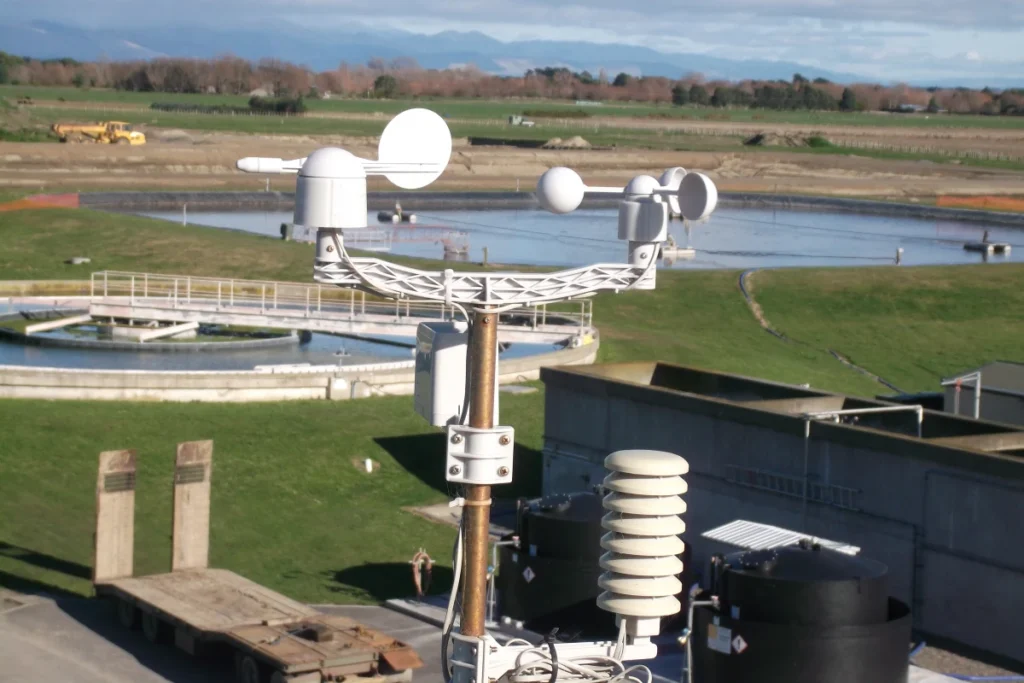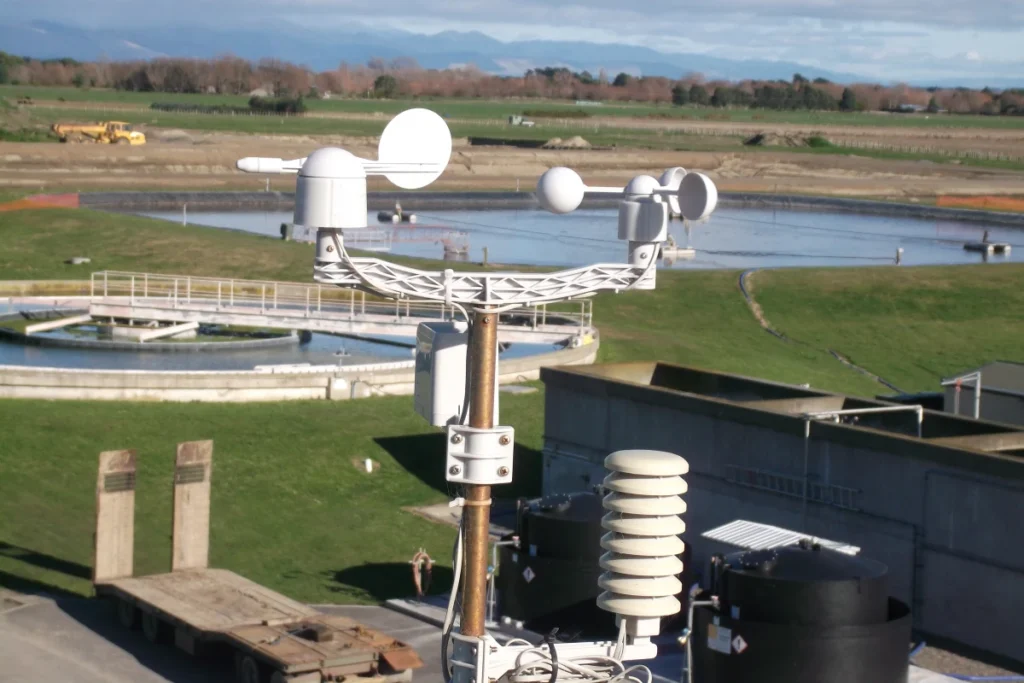
# Anemometer Definition and Its Applications in Meteorology
## What is an Anemometer?
An anemometer is a device used to measure the speed and direction of wind. It is an essential tool in meteorology, providing critical data for weather forecasting, climate studies, and various industrial applications. The term “anemometer” is derived from the Greek word “anemos,” meaning wind, and “metron,” meaning measure.
## Types of Anemometers
There are several types of anemometers, each designed for specific applications:
– Cup Anemometer: This is the most common type, featuring three or four cups mounted on horizontal arms. As the wind blows, the cups rotate, and the speed of rotation is proportional to the wind speed.
– Vane Anemometer: Also known as a windmill anemometer, this type uses a propeller or a set of blades that rotate in response to wind. It can measure both wind speed and direction.
– Hot-Wire Anemometer: This type uses a heated wire or element. The wind cools the wire, and the change in temperature is used to calculate wind speed.
– Ultrasonic Anemometer: This advanced type uses ultrasonic sound waves to measure wind speed and direction. It is highly accurate and is often used in research and aviation.
## Applications of Anemometers in Meteorology
Anemometers play a crucial role in meteorology, providing data that is vital for understanding and predicting weather patterns. Here are some key applications:
– Weather Forecasting: Anemometers are used in weather stations to measure wind speed and direction, which are critical parameters for weather forecasting. Accurate wind data helps meteorologists predict storms, hurricanes, and other weather events.
– Climate Studies: Long-term wind data collected by anemometers is used in climate studies to understand wind patterns and their impact on global climate. This data is essential for modeling climate change and its effects.
– Aviation: Anemometers are used at airports to provide real-time wind data, which is crucial for the safe takeoff and landing of aircraft. Pilots rely on this information to make informed decisions during flights.
– Renewable Energy: In the field of renewable energy, anemometers are used to assess wind resources for wind farms. Accurate wind speed measurements are essential for determining the feasibility and efficiency of wind energy projects.
– Environmental Monitoring: Anemometers are used in environmental monitoring to study the dispersion of pollutants and the impact of wind on air quality. This data is important for developing strategies to mitigate air pollution.
## Conclusion
Anemometers are indispensable tools in meteorology and various other fields. By providing accurate measurements of wind speed and direction, they enable us to better understand and predict weather patterns, study climate change, ensure aviation safety, harness renewable energy, and monitor environmental conditions. As technology advances, anemometers continue to evolve, offering greater precision and reliability in their measurements.
Keyword: anemometer definition
